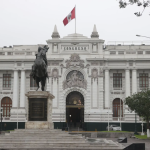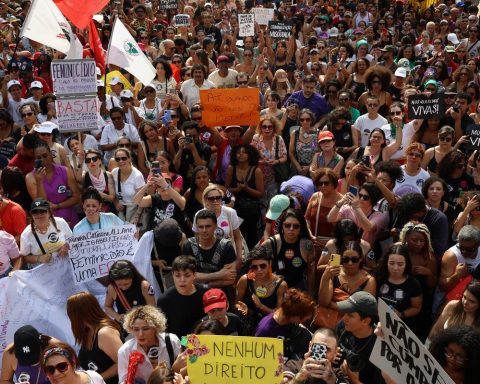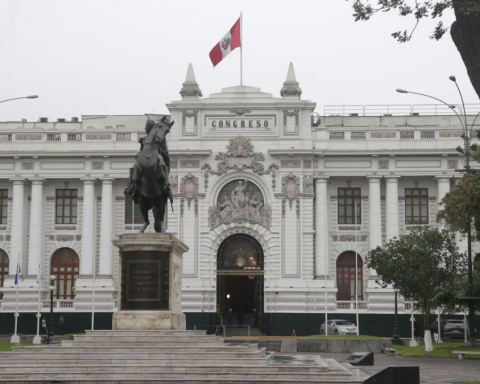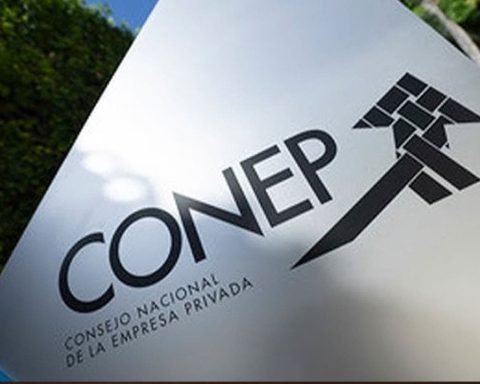The quote of dollar It continues to be a topic of great interest and concern for both citizens and economic analysts. In this context, it is crucial to understand the differences between the official dollar and the blue dollar, as well as the implications of their fluctuations on the country’s economy.
He dollar Official is the exchange rate established by the Central Bank of the Argentine Republic (BCRA) and is used for legal and official transactions. At the close of trading yesterday, the official dollar was quoted at $979 for purchase and $1,019 for sale in banking entities.
This exchange rate has experienced an increase of 0.12% compared to the opening of the day. The official dollar is used mainly for imports, exports and other regulated commercial transactions. Its price is controlled by the BCRA, which intervenes in the exchange market to avoid sudden fluctuations and maintain economic stability.
However, exchange restrictions and capital controls have led to the emergence of parallel markets, such as the blue dollar. The blue dollar, on the other hand, is the exchange rate that is negotiated in the informal or parallel market.

This market arises in response to exchange restrictions and the high demand for dollars by citizens seeking to protect their savings from inflation and the devaluation of the peso.. Yesterday, the dollar blue was trading at $1,140 for sale and $1,120 for purchase.
The gap between the official dollar and the dollar blue is an important indicator of confidence in the economy and government policies. A wide gap suggests distrust and expectations of devaluation, while a narrow gap may indicate stability and confidence in economic policies. Currently, the gap between dollar official and the blue dollar is around 11.9%.

Economic implications
The price of the dollar has significant implications for the Argentine economy. A higher official dollar makes imports more expensive, which can increase production costs and consumer prices. On the other hand, a high blue dollar reflects distrust in the economy and can encourage capital flight and the dollarization of savings.
Furthermore, the exchange gap between the official dollar and the dollar blue can generate distortions in the economy. Companies that import inputs at the official dollar may have competitive advantages over those that must resort to the parallel market. This can affect the competitiveness and cost structure of different economic sectors.
follow us on Google News and on our channel instagramto continue enjoying the latest news and our best content.


















